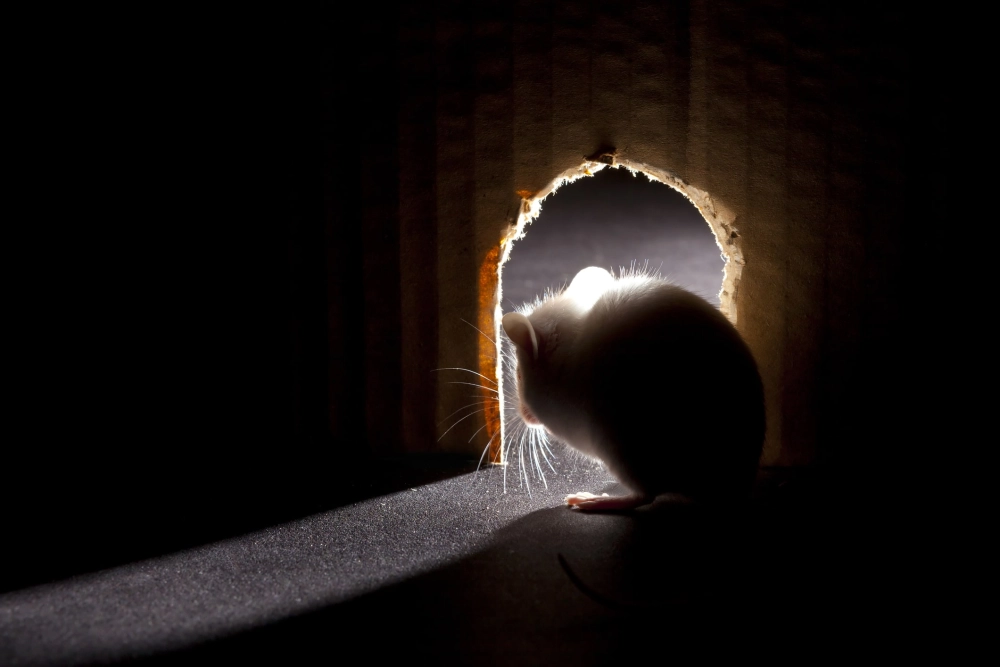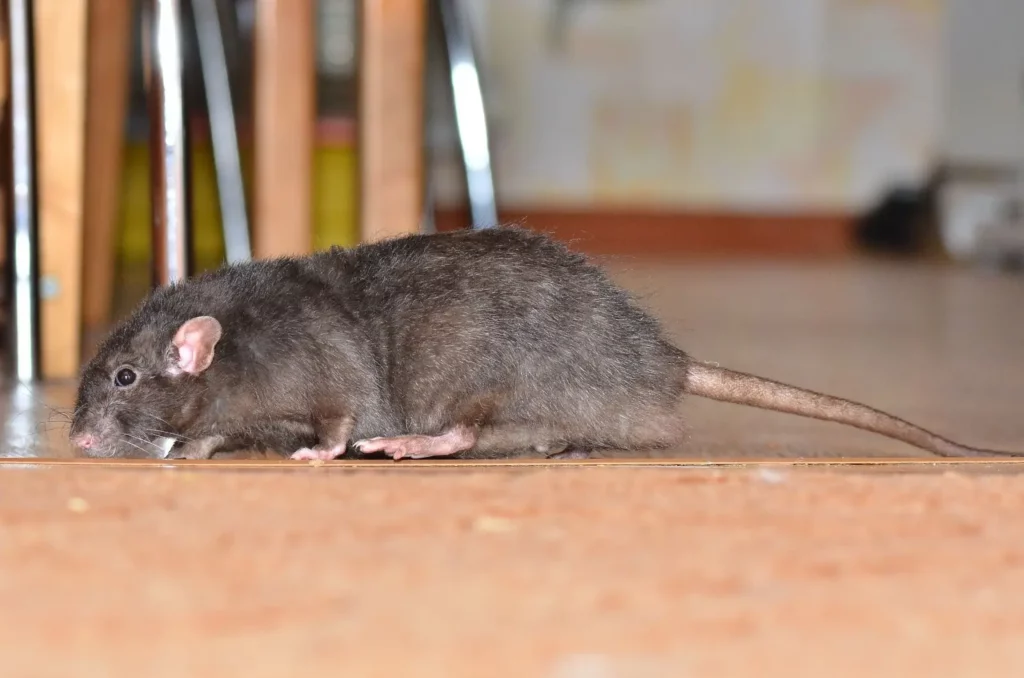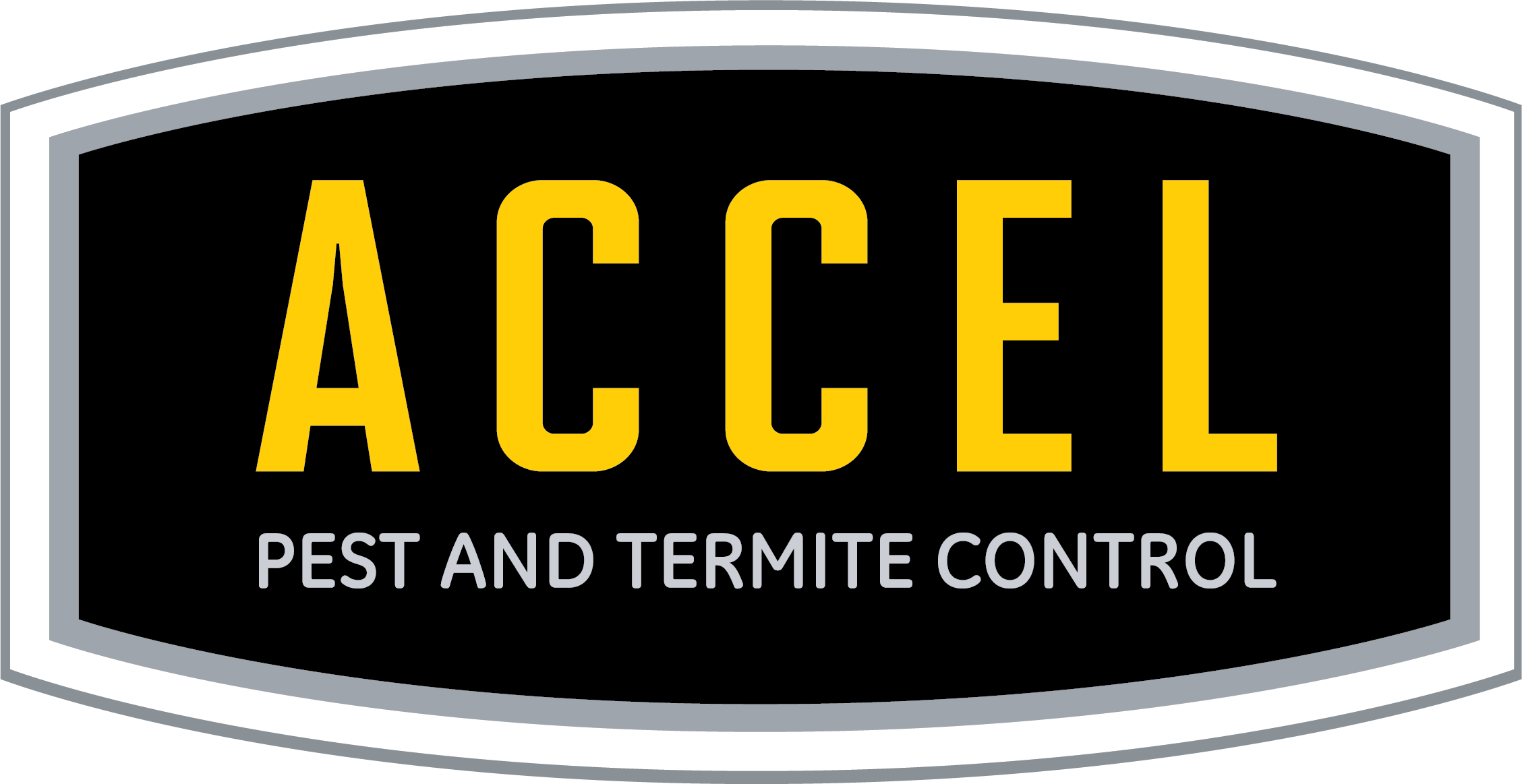Rats vs. Mice: What’s the Difference?

As colder months move in, so do rodents in search of somewhere to nest for the winter. However, how do you know what type of rodent you have on your hands? This guide from Accel Pest and Termite Control explores the differences between rats and mice and how to identify which one is trying to take over your home.
Key Characteristics of Rats

Size of Rats
Typically larger than mice, rats are typically around 12-20 inches from the tip of the nose to the end of their tail and weigh roughly 4-9 ounces, or 0.5 to 1.25 pounds.
Head, Ears, and Tail of a Rat
- Head: Typically has a blunt end
- Ears: Small and typically flat on the head
- Tail: Long, bare, and typically pink in color. Often scaly.
Rat Droppings
A rat’s droppings are shiny and black in color, and typically around 0.5 to 0.75 inches in length and oblong in shape. They are usually comparable in shape and size to peanuts.
Key Characteristics of Mice

Size of Mice
Mice are much smaller than rats, and are on average only about 1 to 7 inches in length, typically less than 0.5 feet long. Most of the time, mice weigh less than an ounce.
Head, Ears, and Tail of a Mouse
- Head: Pointed and triangular with long whiskers
- Ears: Large, droopy, and floppy
- Tail: Hairy, long and thin
Mouse Droppings
Droppings from mice are typically pretty small with pointy ends, only around 0.10 inches or even smaller. Mouse droppings are comparable to grains of rice.
Main Differences Between Rats and Mice
While at first glance, these two rodents seem quite similar, there are some significant differences between rats and mice that you can look for, such as:
- Size: Mice are much smaller than rats. Most mice are smaller than 6 inches long, roughly the size of a dollar bill, from nose to tip of tail. Rats are typically around 16 inches long, around the length of a bowling pin, from nose to tail.
- Ears: While mice have large, round, floppy ears, rats typically have shorter ears that sit close to their heads.
- Behavior: Mice are typically less social than rats and more solitary. Rats are very social with others of their species. While mice typically burrow in high-up areas like attics, rats prefer low areas like crawl spaces or basements.
Common Species of Rats
Norway Rat or Norwegian Rat
Norwegian rats, sometimes called brown rats, are a common and large species of rat. They are gray, brown, or reddish brown in color and 16 inches in length including their tail, on average. Norway rats can weigh up to a pound.
Roof Rat
The roof rat is also commonly known as the ship rat, the black rat, and even, sometimes, the house rat. Despite being known as the black rat, there are color variations for this species. Roof rats weigh around 0.25 to 0.5 pounds. Their most notable trait is their long tails, which typically outgrow the size of their bodies.
Common Species of Mice
House Mouse
You may have guessed it from its name, but the house mouse is one of the most commonly found species of mice in the home. House mice have large, rounded ears, a pointed snout, and a long tail with a thin layer of hair on it. Quite small, these scavengers are typically shorter than 6 inches tall and weigh about as much as a slice of bread.
Deer Mouse

Also referred to as the field mouse, a deer mouse typically has brown or gray fur with white accents on its belly and sometimes its paws. Deer mice typically have shorter tails than the house mouse, but larger bodies. While house mice are more drawn to urban and suburban areas, deer mice are more often found in wooded areas.
How to Get Rid of Rats and Mice
After you figure out what rodent you’re dealing with in your home, you’ll want to take steps to eliminate your infestation. Beyond the annoying skittering and potential property damage rodents can cause, they can also carry diseases on their bodies and through their urine and feces.
While you can try DIY methods such as spring traps or glue traps, you may get the unpleasant surprise of a bigger infestation than you could have imagined. While at-home traps may help you catch a few of the rodents in your home, when you get professional help from Accel Pest and Termite Control, we’ll be able to get to the root of your infestation to solve the problem once and for all.
Rodent Control Services from Accel Pest and Termite Control
Whether you’re dealing with rats, mice, or another kind of rodent entirely, Accel Pest and Termite Control has the expert rodent control services you need to get rid of your infestation for good. We provide pest control in Virginia, with service areas in many communities. We’re also proud to offer commercial pest control for local southeast Virginia businesses.
To get started, contact us for a free estimate today or schedule an appointment for our effective pest control services.
